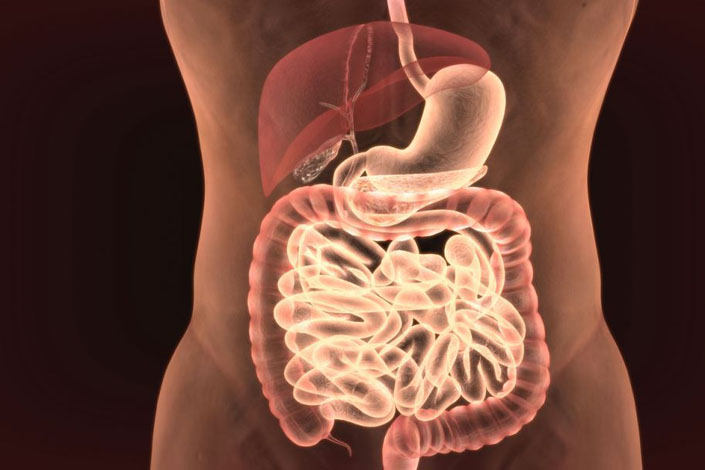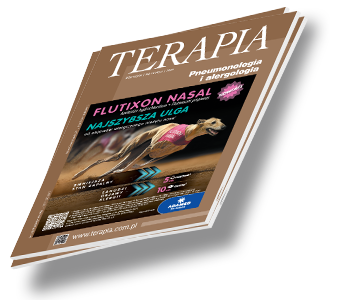Choroby wieku podeszłego Terapia 2025, 2 ( 445 ) : 84 - 87
Choroba uchyłkowa jelita grubego jako problem pacjentów w starszym wieku - profilaktyka i postępowanie terapeutyczne
Diverticular disease of the large intestine as a problem of elderly patients – prevention and therapeutic management
Uchyłki to uwypuklenia na zewnątrz w błonie śluzowej ściany jelita grubego. Wyróżnia się uchyłki prawdziwe, które zawierają całą grubość ściany, i rzekome, które są „przepuklinami” w błonie mięśniowej. Uchyłki możemy podzielić także ze względu na to, kiedy powstały, czyli na wrodzone i nabyte. Uchyłki jelita grubego najczęściej lokalizują się w okrężnicy esowatej (powyżej 90%) i zwykle są uchyłkami nabytymi oraz rzekomymi (1,2). Czasem zdarzają się jednak uchyłki wrodzone i prawdziwe, np. uchyłek Meckela.

Zaloguj się i przeczytaj bezpłatnie całą treść artykułu.
Nie masz jeszcze konta dostępowego?
Zarejestruj się bezpłatnie, a otrzymasz:
* dostęp do wszystkich doniesień oraz pełnych tekstów artykułów naukowych w naszej Czytelni,
* prawo do bezpłatnego otrzymywania newslettera "Aktualności TERAPIA" z przeglądem interesujących i przydatnych wiadomości ze świata medycyny oraz systemu ochrony zdrowia w Polsce i na świecie,
* możliwość komentowania bieżących wydarzeń oraz udziału w ciekawych quizach i konkursach.
Zapraszamy serdecznie, dołącz do naszej społeczności.



Dodaj komentarz